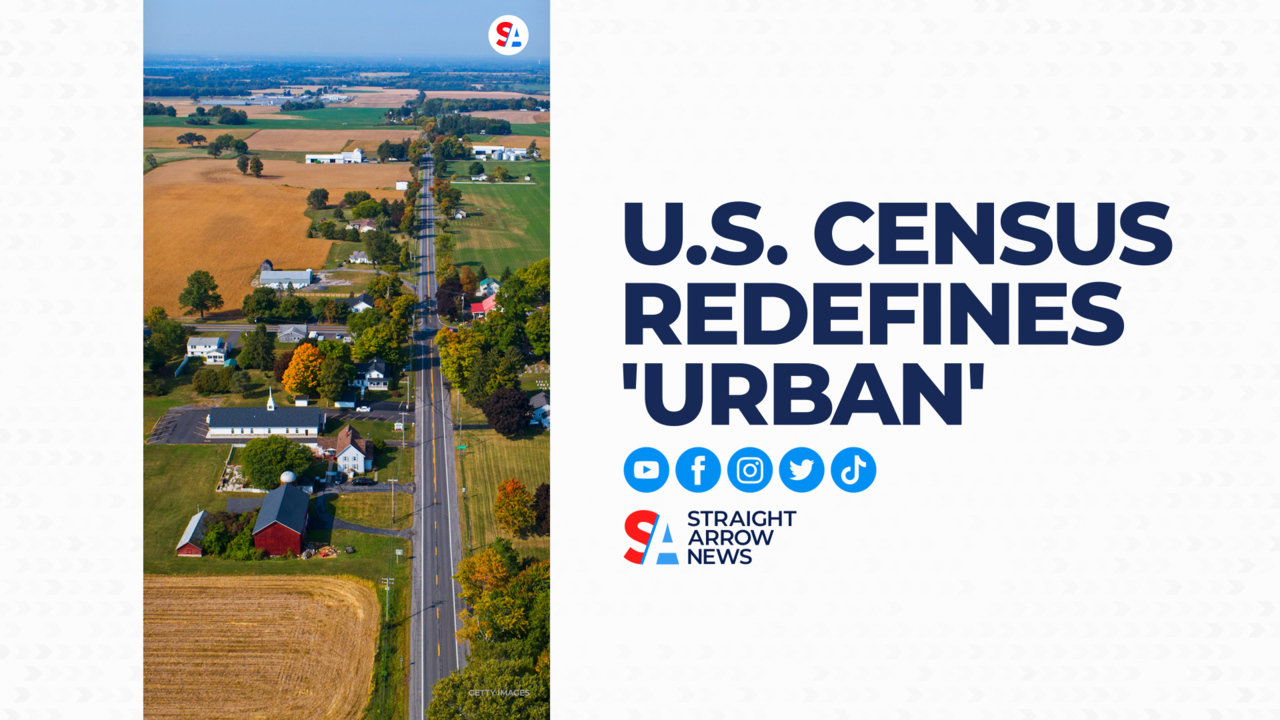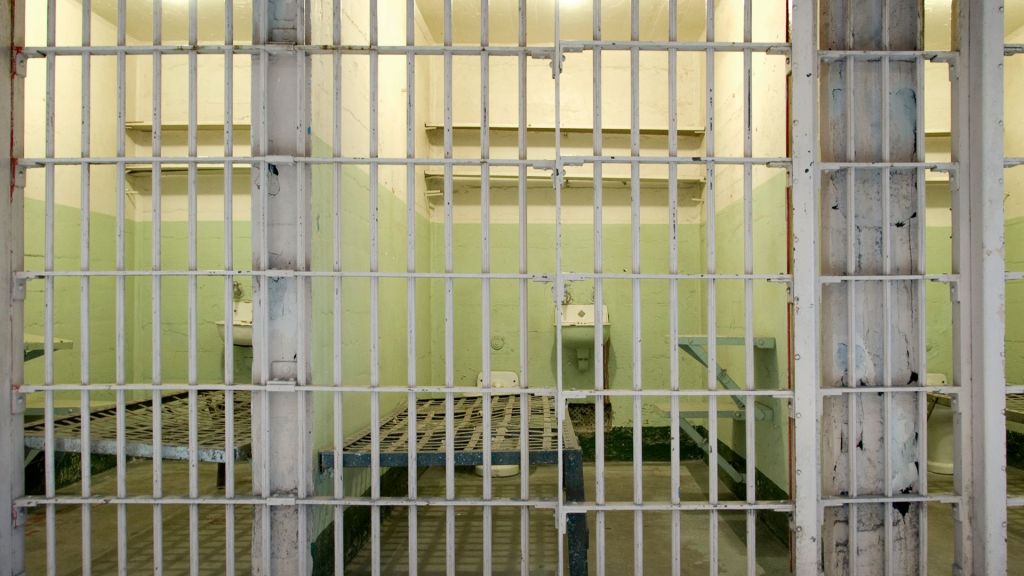
MAHMOUD BENNETT: WHEN THE U.S. GOVERNMENT CHANGES THE DEFINITIONS OF WORDS, IT MAY OR MAY NOT IMPACT YOU AT ALL – BUT DEPENDING ON WHERE YOU LIVE THIS LATEST MOVE CERTAINLY COULD.
THE U.S. CENSUS BUREAU ANNOUNCED ITS REDEFINING AN URBAN AREA FROM ONE WITH 2500 PEOPLE TO NOW ONE WITH MORE THAN 5,000.
AS A RESULT 4.2 MILLION PEOPLE ACROSS 1100 AREAS IN THE U.S. WHO WERE CLASSIFIED AS URBAN IN 2010 ARE NOW RURAL.
SO WHAT EXACTLY DOES THAT CHANGE? WELL, ACCESS TO MANY STATE AND FEDERAL PROGRAMS DEPENDS ON WHERE YOU LIVE.
ACCORDING TO THE WALL STREET JOURNAL THE URBAN OR RURAL CLASSIFICATION CAN AFFECT FUNDING FOR HEALTHCARE, BROADBAND DEVELOPMENT AND TRANSPORTATION – WITH RURAL AREAS GENERALLY GETTING LESS.
THE CENSUS BUREAU JUSTIFIES THE CHANGE – SAYING IT REFLECTS THE WAY PEOPLE ALREADY CHARACTERIZE THESE SMALLER AREAS OUTSIDE THE MAJOR CITIES.
THE LAST TIME THE BUREAU CHANGED THE THRESHOLD LIKE THIS WAS IN 1910, AND SINCE THEN THE US POPULATION HAS MORE THAN TRIPLED.
RIGHT NOW MOST AMERICANS LIVE IN AND AROUND MAJOR CITIES AND IT’S BEEN THAT WAY FOR THE PAST 100 YEARS – THIS LATEST CHANGE PUTS US AT AN 80-20 SPLIT BETWEEN URBAN AND RURAL AMERICA.










